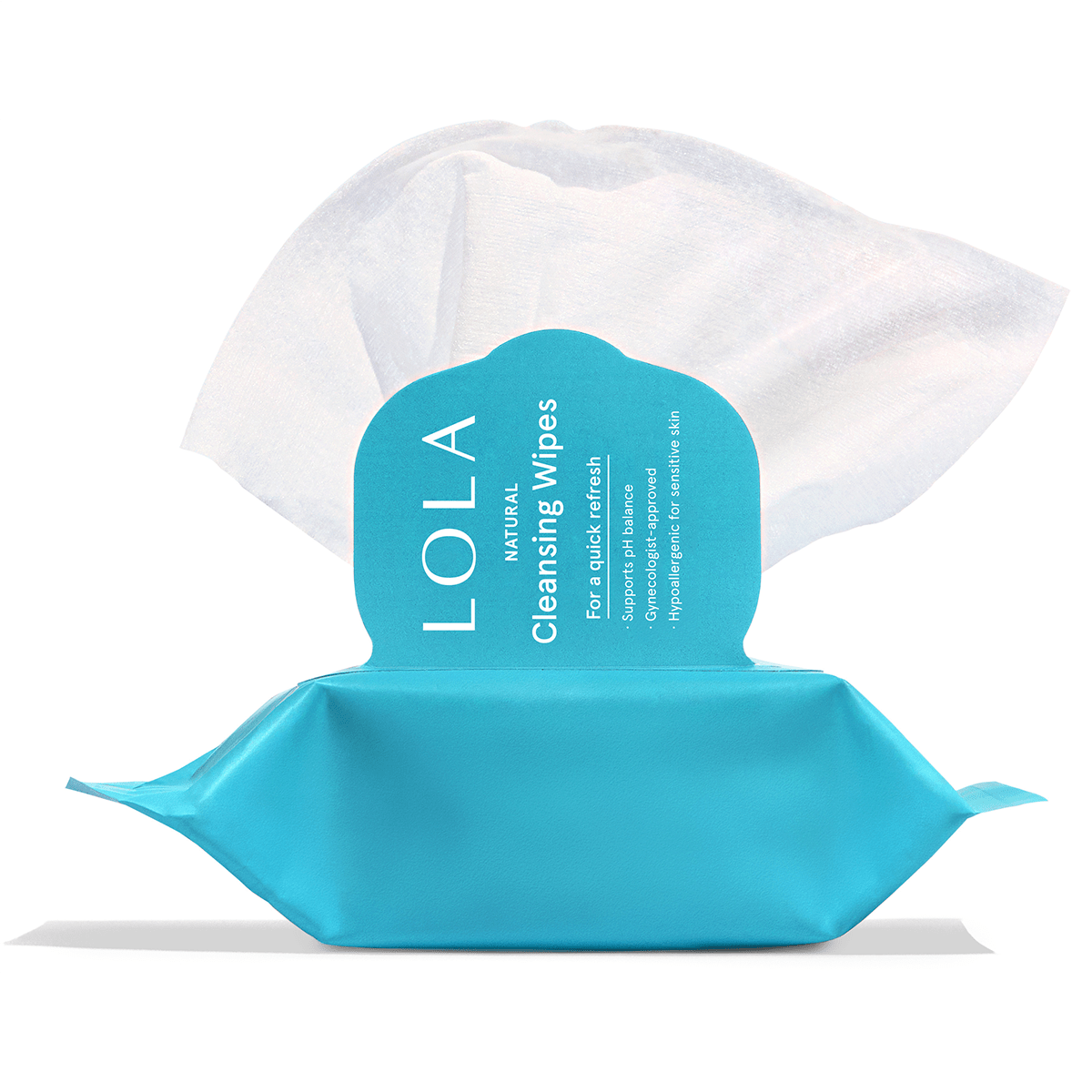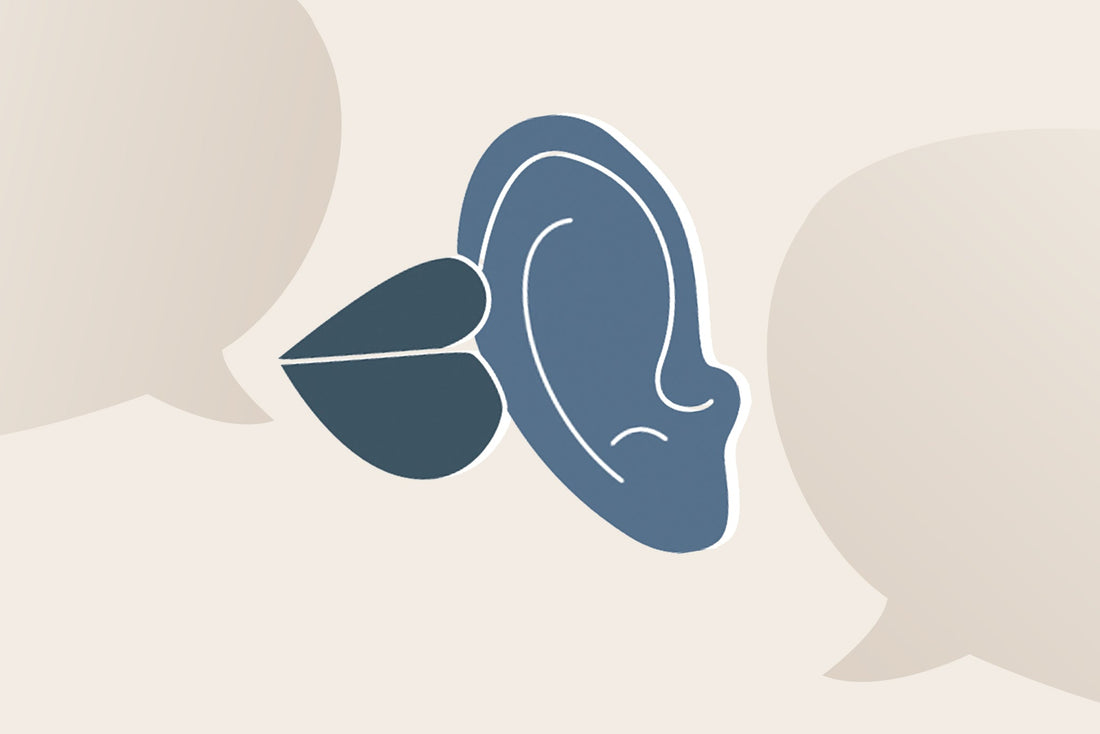There’s a reason the phrase “better than sex” is thrown around when describing something mind-blowingly good. But for countless people, most commonly women, getting in the mood is less thrilling when the “mood” involves more pain than pleasure.
Nearly three out of four women experience pain during sexual intercourse in their lifetime. In fact, painful sex is one of the more common issues treated by gynecological healthcare providers as either a temporary or long-term issue.
Causes for this can be both physical and psychological, such as vaginal dryness, vaginismus, hormonal changes, vaginal infections, trauma, and other underlying medical conditions like pelvic inflammatory disease. Thankfully, there are a number of ways to address the issue of painful intercourse, a handful of which we’ll discuss here.
- Use lubricants.
- Relax the pelvic floor.
- Increase foreplay.
- Try different positions.
- Seek professional help.
Before getting into it, it’s important to emphasize the fact that clear communication plays a crucial role in pleasurable sex. Whether you have a history of pain during sex or not, it’s important that a level of trust is established in the relationship to empower you to voice your concerns. Lacking trust and communication can create its own issues, says Rhiannon John, sexologist with bedbible.com.
“If a person doesn’t trust their partner to respect their boundaries or prioritize their comfort, they may feel anxious or apprehensive about engaging in sexual activities,” John says. “This heightened emotional state can lead to physical tension, making it more difficult for the body to relax and enjoy intimacy, potentially causing or exacerbating sexual pain.”
John points out that open dialogue promotes a safe and supportive environment, which can pave the way for greater empathy and emotional connection.
Similarly, sexologist Jessica O’Reilly, a sex and relationship expert with Lovehoney, advises speaking up sooner than later, but understands that communication can be tricky when it comes to sensitive topics like sex. She suggests a three-part approach to starting the conversation: First, focus on a positive by highlighting something you do like. Then make an inquiry, like asking your partner how XYZ feels for them. Finally, make your request or voice your concern.
Use lubricants
One easy way to reduce discomfort during sex is opting for lubrication—but there’s a lot of stigma around using lube during sex.
Vaginal dryness is often depicted as a shortcoming or sign of disinterest, when in reality it’s just a part of life. A number of factors can cause your body to produce less lubricant naturally, like giving birth, breastfeeding, and even certain medications like cold and allergy medicine, cancer treatments, and antidepressants. Hormonal changes like reduced estrogen production in perimenopausal, menopausal, and postmenopausal women can also contribute.
Introducing lube into your sex life can open the door to more pleasurable and comfortable sex. “Lube is your best friend,” O’Reilly says. “Use it generously.”
But be sure to do your research when choosing a lube, as every body is different and certain ingredients or additives can lead to further vaginal irritation. Opting for lubrication that is hypoallergenic, water-based, and glycerin-free is a great place to start.
Relax the pelvic floor
Pelvic floor muscles attach the tailbone to the pubic bone and serve many purposes in the body like supporting internal organs, stabilizing the body, and controlling bowel and bladder function. If these muscles are too weak or too tight, it can lead to problems. Balance is key.
It’s important to note that “relaxing” the pelvic floor is not always about relaxation, O’Reilly points out. It’s about function. Pain during sex is just one indication of pelvic floor dysfunction; other symptoms include constipation, bladder leaks, and poor bowel control. If you find yourself experiencing these symptoms, your pelvic floor muscles might not be working as they should.
Pelvic or vaginal relaxation exercises, which involve certain stretches, holds, and breathing patterns, help to ease tension and strengthen the pelvic floor and vaginal muscles. Kegel exercises are likely the most well-known of these, though they’re often associated with tightening in the interest of a partner’s pleasure. In targeting the pelvic floor and strengthening those muscles, kegel exercises actually help to decrease pelvic pain. If you aren’t familiar and need some guidance, the supply of Youtube tutorials is virtually endless.
Some individuals, however, prefer to enlist the help of a professional and opt for pelvic floor therapy to relieve pain. For those experiencing ongoing or severe pain, O’Reilly highly recommends consulting with a healthcare provider.
“If you can access professional support—run, don’t walk,” she says. “Just as you seek counsel for finances, business, fitness, and more, so too can professional support offer revolutionary results in the sexual realm.”
Increase foreplay
Pain prevention can also be playful, as sexual stimulation can start well before any penetration occurs. Committing to better foreplay not only readies your body for sex, it also opens the door for new types of pleasure. O’reilly recommends starting off with more sensual activities like massage, mutual masturbation, dirty talk, or role playing. Introducing toys into the equation can also be super helpful.
“You may find that building arousal or even having an orgasm with a toy first reduces painful symptoms as endorphins and dopamine increase,” O’Reilly says.
It’s easy to get carried away in the moment and skip right to the main event, but prioritizing foreplay from the start can leave you with more time for pain-free play.
Try different positions
Positioning can make a huge difference when it comes to comfort level, and experimenting is key. Just keep in mind that it may take some trial and error to find what sex positions work for you and your partner.
Many women recommend introducing a pillow into classic missionary to elevate the hips. This changes the angle of the pelvis, allowing for better alignment and increased clitoral stimulation. Another way to prioritize your pleasure is by getting on top. This puts you in control while still offering plenty of variation. Similarly, lying on your side and either facing your partner or spooning allows for a more relaxed experience.
For both your and your partner’s benefit during penetrative sex, penile bumpers can be a game-changer. These soft, squishy rings fit around the base of your partner’s penis and prevent deep penetration while still providing stimulation for them.
Seek professional help
If you’re still experiencing frequent or severe pain after taking these steps in your sex life, you should consult with a healthcare professional. Scheduling a pelvic exam can provide answers and peace of mind.
John points out that treatment for painful sex is often multifaceted and can require collaboration with various providers like sex therapists, pelvic floor physiotherapists, urologists, and gynecologists to find the right solution.
“Finding a primary care doctor who is sex-positive and knowledgeable about sexual pain can serve as an excellent starting point to navigate this challenging journey,” she says.
Don’t be discouraged if answers aren’t easy to come by right away. The reality is that women’s sexuality is still largely considered taboo, and many issues remain a mystery requiring more substantial research for solutions.
Ignoring your pain or keeping it a secret helps perpetuate the cycle of shame that exists around women’s sexual health. By seeking relief and sharing your experience, you help to raise awareness and break that cycle.
“Pain is not your fault,” O’Reilly says.”You don’t have to apologize for your body’s natural response.”













